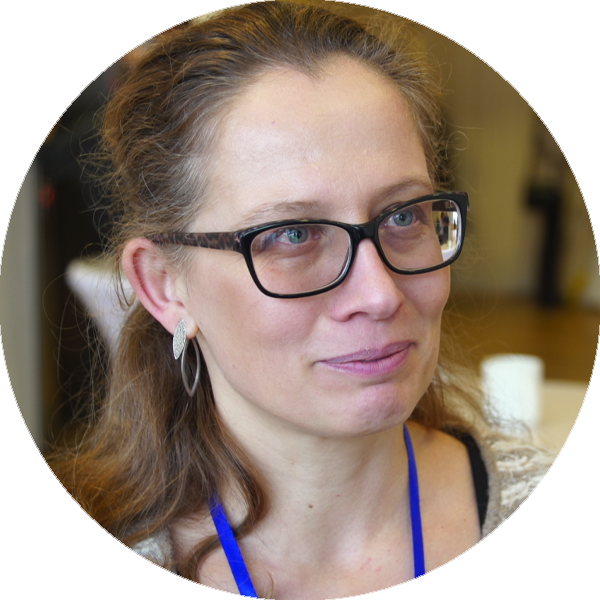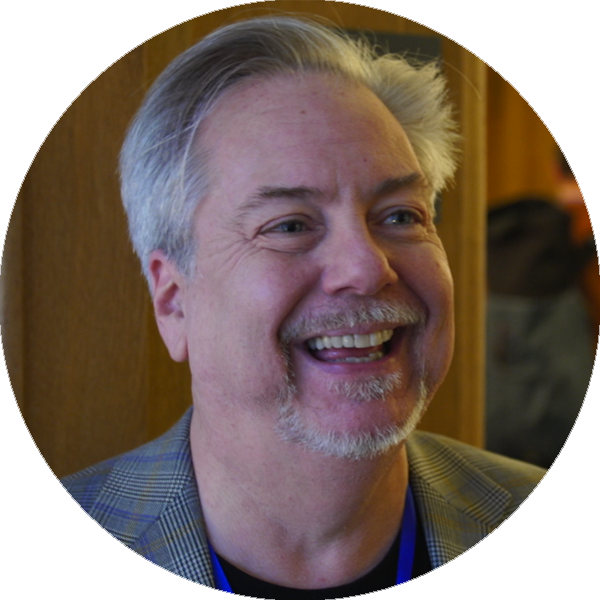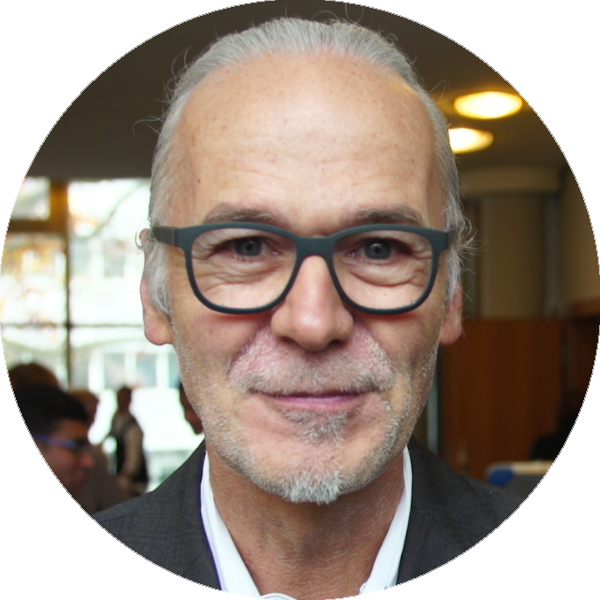

The discovery of a new cell at the 2018 Fascia Research Congress in Berlin
- There is an ongoing global revolution in the anatomical research field, profoundly changing the way we look at the human body.
- The reason? Fascia, a network of connective tissue wrapped around every part of the body.
- While until recently considered unimportant, Fascia is since 2017 acknowledged as the biggest organ in the body, and perhaps the most important one.
- Fascia research has sparked a wildfire of new insights that are challenging conventional belief about how the body works – and the latest insights are presented at the 2018 Fascia Research Congress in Berlin.
Carla Stecco presented the discovery of a brand new cell
The main talking point of the 2018 Fascia Research Congress was the discovery of a brand new cell by Carla Stecco, Professor of Human Anatomy & Movement Sciences
Previously we believed that the fibroblasts has been responsible for producing both collagen as well as hyaluronic acid (HA).
However, Stecco showed that there is in fact another cell, the newly discovered Fasciacyte, that is responsible for the production HA, making it the prime benefactor for the gliding and sliding function of the Fascia, thus central for our movement.
Also significant, is that the Fasciacytes are stimulated by shear while the fibroblasts responds to load and stretch, indicating that these cells work as antagonists.
This forces us to rethink both in terms of fascia treatment as well as how we exercise.
“We have discovered a new cell inside the fascia, that we have called the Fasciocytes. It has a different behaviour and is able to create the gliding surface of the different types of fascia.”
– Carla Stecco, Professor of Anatomy
The fluid flow restructures the body from within. Perhaps you should drink water both BEFORE and after treatment
Melody Swartz, Professor in Molecular Engineering, showed new imagery of how increased fluid flow will help the body heal itself – the flow actually makes the collagen threads of the extracellular matrix restructure.
Most therapists recommend their patients to drink water after the treatment. But do you know why?
Professor Swartz asked the question to the audience and pointed out that drinking water helps the flowing and healing – while challenging therapists to have their patients drink BEFORE the treatment as well.
“The way of thinking, of our anatomy and body, is of course changing.”
– Jean Claude Guimberteau, Specialized Surgeon
Could PMS be fascia related?
Another groundbreaking discovery presented by Carla Stecco was that the fibroblasts in the extracellular matrix reacts to sex hormones, like estrogen.
The hormons “tells” the fibroblast to shift its production from collagen type 1 to collagen type 3 during both ovulation and menstruation.
So why is this interesting?
If you simplify it, collagen type 1 is perfect when we are active, it increases during loads, pressure, lifting, exercise etc.
Collagen type 3 however, is much more elegant, thinner and more like a spiders web, optimal for internal communication. This is interesting as type 3, during imbalance, easier sticks together and becomes inflamed.
Thus, these discoveries shows there is a possible correlation between the status of the connective tissue, and PMS.
“In your first year of medical school, you get a cadaver and they cut it up and you have to scrupulously tag everything as you are studying the body. The fascia you can throw in the garbage can. So it is almost as if we are trained to not pay attention to it.”
– David Lesondak, Structural Integrator
More and more researchers from different fields start to pay attention to Fascia
Liver pathologist Dr. Neil Thiese, delivered one of the keynotes at the Fascia Research Congress.
Using a new research tool, called optical biopsy, he was able to get a 3D look at a blood vessel leading into the liver for the first time.
While looking 3D instead of under the microscope (2D) they discovered an area never seen before. Dr. Theise explains:
“I’m a pathologist, so I sit looking at human tissue under a microscope all day long. That is not the same as looking at living tissue, though we pretend it is. But now we have a scope which looks at the living tissue and it doesn’t look like what we thought”
Upon finding the Fascia Research Society Dr. Theise gained new insights, helping him further investigate the new discovered area, and he believes it is now only a matter of time until the Fascia research is fully established.
“Fascia is almost one third of our biomechanics.”
– Antonio Stecco, Assistant Professor New York University School of Medicine
Have you optimized your fascia treatment for wound healing?
Have you ever experimented with how long you perform a treatment method or how much pressure you are using?
Sometimes we do things without reflecting on why. For many years there has been fascia treatment techniques with fixed time and pressure recommendations. But are the recommendations adapted to the intent of the treatment?
Dr. Paul Standley, professor in Basic Medical Sciences and Physiology, discovered that the recommendations were actually just based on an 85 year old conversation between a teacher and a student.
Myofascial release (MFR) increases new blood vessel growth, growth and differentiation of immune cells, cell survival and wound healing – but is it possible to optimize MFR techniques for different purposes?
Standley started practicing and testing with different time and pressure levels. For example, for wound healing, low pressure for a long time is much better.
When it comes to Fascia treatment, we are still at an observation stage – so why not experiment some more?
“It’s all the same human body and we just have different perspectives on it. I think part of what’s going on here, if we are all talking about the same body, then maybe the issues that separate us are about language and metaphor. I think this kind of work is starting to allow us to see where they meet. If that happens, you would be talking about global medicine and global health, rather than Western versus Eastern and that kind of thing.”
– Neil Thiese – Professor of Pathology























































